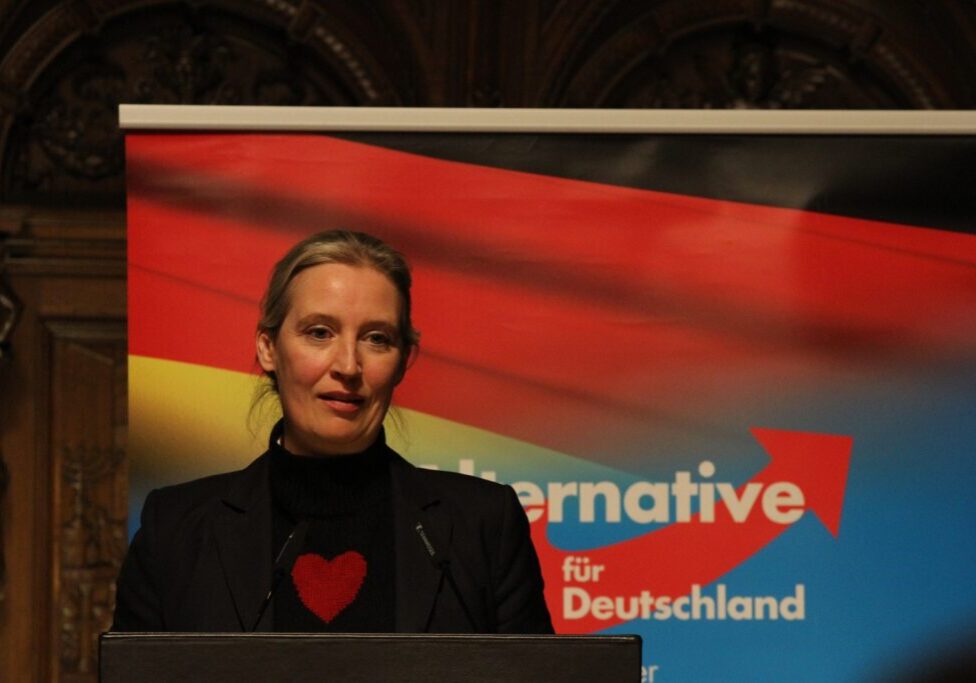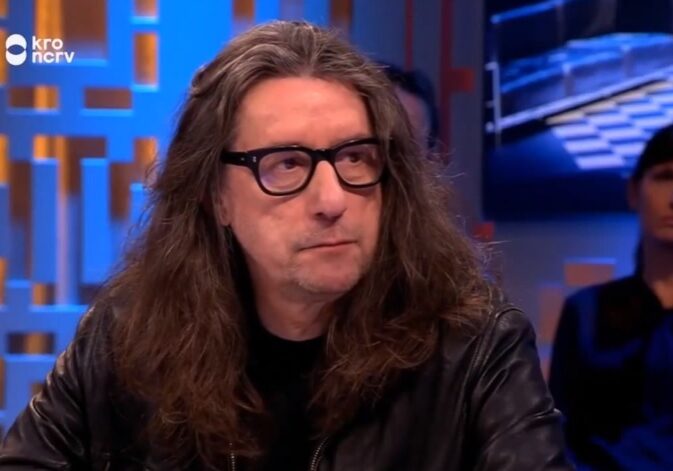Australia/Israel Review
How ISIS can be Defeated
Nov 30, 2015 | Matthew Levitt
Matthew Levitt
In the wake of the attacks in Paris, US President Barack Obama rejected calls to change his strategy to counter the Islamic State – specifically the idea of putting large numbers of US troops in the battlefield. “We have the right strategy and we’re gonna see it through,” Obama said at the G-20 Summit in Turkey on Nov. 16. But not everyone agrees. Former CIA Deputy Director Michael Morell appeared on CBS’s “Face the Nation” a few days later and concluded, “I think it’s now crystal clear to us that our strategy, our policy vis-a-vis ISIL, is not working and it’s time to look at something else.”
Morell is onto something. The President’s half-measures to contain the Islamic State over the long term and let it eventually rot from within rest on a fatally wrong assumption: that time is on our side. Events in Paris and elsewhere make clear it is not. The terrorist threat from foreign-fighter returnees and homegrown inspired followers has already completely overwhelmed several European law enforcement and intelligence agencies, and they are keeping the FBI busy too with over 900 active Islamic State investigations, according to FBI Director James Comey.
The clear implication of Obama’s remarks on Nov. 16, when he said he would not be sending large-scale “boots on the ground” to take out ISIS but instead would settle for “squeezing the space in which they can operate,” presumably from the air, is that he still believes the Islamic State is containable. It is not, and periodic airstrikes nowhere approach the President’s stated objective of defeating the Islamic State. Indeed, recent polls show that a large majority of Americans are disillusioned with the Administration’s campaign against the Islamic State and recognise Islamist militancy as a dangerous threat.
The debunked idea that the Islamic State was contained turns on the faulty assessment that the group was always more focused on conquering and expanding its so-called state in Syria and Iraq than on carrying out traditional acts of international terrorism around the world. But that assessment not only ignored the group’s own statements to the contrary, it also failed to account for the dramatic acts of terrorism the group was already carrying out in the Middle East and those it was inspiring in the West, and underplayed the ramifications such apocalyptic terrorism would have for the rest of the world.
Consider a few examples. Earlier this year, Paris was the scene of the Charlie Hebdo attacks, carried out by a group of interconnected operatives who in the mid-2000s were part of a network of radical Islamists in France called the Buttes-Chaumont Group (named for the park where they did physical training). The group served as a pipeline for French Muslims to go fight with al-Qaeda in Iraq (the progenitor of today’s Islamic State) against American and coalition forces. While the Kouachi brothers had some ties to al-Qaeda in the Arabian Peninsula – and AQAP claimed responsibility for the attack – their comrade in arms, Ahmed Coulibaly, who murdered a French police officer in Montrouge and took Jewish shoppers hostage at a kosher market as authorities closed in on the Kouachi brothers, proclaimed his own affiliation with the Islamic State.
Within days, police arrested a jihadist who threatened to kill a police officer in Elbeuf. A few days later, three French soldiers guarding a Jewish community centre in Nice were assaulted in a knife attack by an assailant who had just been expelled from Turkey at the apparent request of French authorities.
In April, French authorities thwarted an “imminent” attack targeting one or two churches in the Paris suburb of Villejuif. In the suspect’s home and car police found an arsenal of weapons, including four “Kalashnikov-style” automatic weapons, bullet-proof vests, several police armbands and the detailed plans of several Parisian police stations. The suspect, authorities reported, had been reported to police as having a plan to leave for Syria. In June, a terrorist beheaded an employee at the factory of an American company – and attempted to blow up the factory as well – in Saint-Quentin-Fallvier near Lyon. In July, a French-speaking Islamic State operative appeared in one of the group’s videos threatening to bring “slaughter” to France and fill Paris streets with corpses. Then in August, a group of vacationing Americans and a Briton foiled a terror attack on a Thalys train as it passed through Oignies, France.
These latest Paris attacks, however, were made of a different cloth – and not only because, unlike most of the previous attacks which were foiled, these were planned and executed with devastating success, involving multiple targets and simultaneous attacks across the city. The attackers knew where they were going, had ample ammunition, and were armed not only with grenades but suicide vests. Authorities needed to track down not only an eighth attacker believed to be on the loose, but also those who provided logistical and financial support for the attack, such as renting the cars, procuring the arms and making the suicide bomb vests.
These attacks, French President François Hollande said, were “prepared and planned elsewhere, with outside involvement.” In other words, unlike previous attacks carried out by homegrown terrorists inspired by the Islamic State’s far-reaching propaganda, these were foreign-directed attacks by the Islamic State as a group, according to early information from the investigation. That alone is a significant tactical shift for the Islamic State, and it is one that cannot be explained away as a response to gains made by the US-led coalition targeting the Islamic State in Syria and Iraq.
Moreover, the Paris attacks did not take place in a vacuum. They followed a series of other international terror attacks claimed by the Islamic State. Two weeks ago, a Russian Metrojet airliner crashed in the Sinai desert after takeoff from Egypt’s Sharm el-Sheikh beach resort, killing all 217 passengers and seven crew members onboard. The Islamic State claimed responsibility for the bombing and released a video showing members handing out candy to celebrate the successful attack. Officials also pointed to “chatter” on intercepted Islamic State communications indicating the group was responsible for the downing of the airliner.
Last week, Islamic State suicide bombers killed 43 people and wounded some 200 more in a double suicide bombing targeting a shopping district in a predominantly Shi’ite neighbourhood in South Beirut at rush hour. The Islamic State claimed responsibility for the attacks, justifying the carnage carried out by “soldiers of the Caliphate” in explicitly sectarian language targeting “Shi’ite apostates.”
So what should we do instead? There is one thing that would most effectively undermine both aspects of the group’s accomplishments: battlefield defeat. Counterterrorism measures will have to be reassessed in the wake of the Islamic State’s recent plots, to be sure, but only battlefield defeat will undermine its standing in Syria and Iraq and its following among disaffected Muslims around the world. The Islamic State is not contained, but it can be defeated.
First, the current Rules of Engagement (ROE) should be reassessed to give greater leeway to military planners independent of policymakers in the White House. Under the current ROE, military planners have to wait too long for approval and can’t take advantage of short windows of opportunity when targets are exposed. Many airstrikes therefore target empty buildings or less-than-strategic targets like Toyota pickup trucks. Second, airstrikes alone will not do the job. An international ground force of a few thousand soldiers – air controllers and other special operators – is necessary to dislodge the Islamic State from its strongholds in Mosul and Raqqa. This should include French and other European forces, a NATO component giving political cover to Turkey, and Arab military forces from countries like Saudi Arabia and the UAE where concern runs deep over the plight of fellow Sunnis suffering under the dual yokes of Bashar Assad and the Islamic State in Syria and Iraq.
With increased airstrikes operating under more reasonable rules of engagement, and a limited military force on the ground, safe zones could be established where civilians could be protected, interim government could be established, and moderate forces could be trained to control territory once the Islamic State is expelled.
In the wake of these attacks, Paris should also pursue a United Nations resolution supporting military action against the Islamic State to give significantly greater weight to the unilateral US effort to construct an anti-Islamic State coalition. NATO should also play a more formal role invoking the principle of collective defence under Article 5 of the North Atlantic Treaty.
Critically, the crisis presented by the rise of the Islamic State cannot be divorced from the region’s other crisis: the Syrian regime of Assad. Indeed, the latter played a major role in the creation of the former. As US Secretary of State John Kerry stated a day before the Paris attacks, “Having made peaceful change impossible, Assad made war inevitable. And this war gave rise to Daesh – ISIL – the gravest extremist threat faced by our generation and the embodiment of evil in our time.” If the Islamic State is indeed the gravest threat of our generation, we should structure a response commensurate to that threat. To date, we have not. And as the Paris attacks should make clear, we lack the luxury of time to simply wait for the Islamic State to collapse from its own internal rot.
In the wake of the Paris attacks, expect to hear respected voices suggesting that perhaps the West should follow Russia’s lead and make common cause with the Assad regime against the Islamic State. A former CIA deputy director has already suggested as much. Expect others to suggest that in our effort to contend with both the Islamic State and the Assad regime we should at least make common cause with groups in Syria that, while violent and jihadist, share our antipathy for the Islamic State.
But we should be explicitly clear: Neither the Assad regime nor groups like Ahrar al-Sham are acceptable allies in the battle against the Islamic State. The Syrian regime is responsible for the death of more people than the Islamic State, and Assad therefore is, as British Prime Minister David Cameron put it, a particularly effective “recruiting sergeant” for the Islamic State. As for Ahrar al-Sham, this is a violent jihadist group that is only slightly less radical than the Islamic State and whose leaders earned their stripes with al-Qaeda. Neither Assad nor Ahrar al-Sham is a force for stability in Syria, and we should not make the Syrian tragedy any worse than it is in our effort to find a way out of the mess that is the Islamic State. The two are intertwined, so strategies to deal with one should at least do no harm to the other.
What is needed, and has been sorely lacking, is a much more robust effort to simultaneously take the fight to the Islamic State and take action to undermine the Assad regime, or at least show that we do not support it. To be seen at this juncture as propping up Assad, as the Russians are doing, would be to lose whatever goodwill America has among the moderate rebels and broader populace in Syria. In its claim of responsibility for the Paris attacks, the Islamic State warned: “Let France and all nations following its path know that they will continue to be at the top of the target list for the Islamic State and that the scent of death will not leave their nostrils as long as they partake in the crusader campaign.” It’s time to punch the Islamic State in the nose.
Matthew Levitt is the Fromer-Wexler Fellow and Director of the Stein Program on Counterterrorism and Intelligence at The Washington Institute. © Washington Institute, reprinted by permission, all rights reserved.
This article is featured in this month’s Australia/Israel Review, which can be downloaded as a free App: see here for more details.
Tags: Europe






